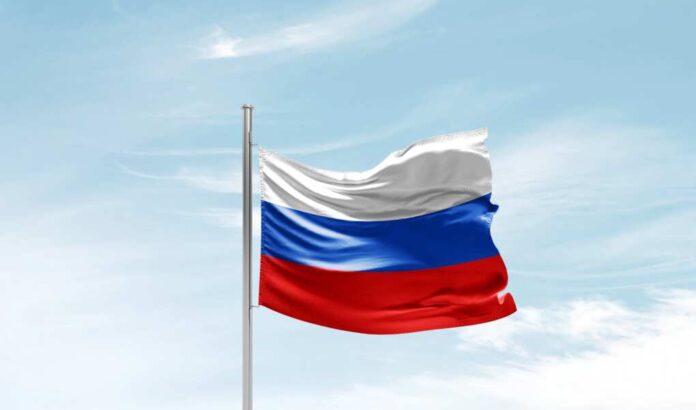
Russia’s recent restriction on enriched uranium exports to the United States has underscored the U.S.’s reliance on foreign suppliers for its nuclear fuel needs. Announced on Telegram, the move offered no specifics about its timeline or extent.
Russia holds nearly half of the world’s uranium enrichment capacity and supplied 26% of U.S. enriched fuel in 2023. While the immediate impact is limited due to fulfilled 2024 deliveries, experts warn of potential disruptions in 2025.
Uranium companies led gains in early trading on the ASX, after Russia imposed temporary restrictions on the export of enriched uranium to the US on Fridayhttps://t.co/NctRRqePyx
— Capital Brief (@CapitalBrief) November 18, 2024
“Some utilities expecting that material may now face shortages,” said Jonathan Hinze, an expert on uranium markets, pointing to risks for U.S. nuclear energy production.
This move follows President Joe Biden’s ban on Russian uranium imports, signed into law in May. Though the ban allows waivers until 2028, critics argue the U.S. has failed to reduce its dependence on foreign enrichment.
🇺🇸🇷🇺 RUSSIA LIMITS ENRICHED URANIUM EXPORTS TO U.S.
Russia’s latest move disrupts a key component of U.S. energy, with reactors producing 20% of the nation’s power reliant on enriched uranium supplies.
Controlling nearly half of global enrichment capacity, Russia supplied over… pic.twitter.com/YWCwegfDWQ
— Mario Nawfal (@MarioNawfal) November 17, 2024
Chris Gadomski of BloombergNEF called for greater foresight, saying, “We don’t have enough enriched uranium here,” and emphasized the need for stronger domestic stockpiles.
"We Don't Have Enough…": Russia Temporarily Limits Exports Of Enriched Uranium To U.S. https://t.co/WlUPikW0Hw
— zerohedge (@zerohedge) November 16, 2024
While the Biden administration has committed billions to revitalize U.S. uranium enrichment, the project remains in its early stages, leaving the nuclear sector exposed to further geopolitical risks.














